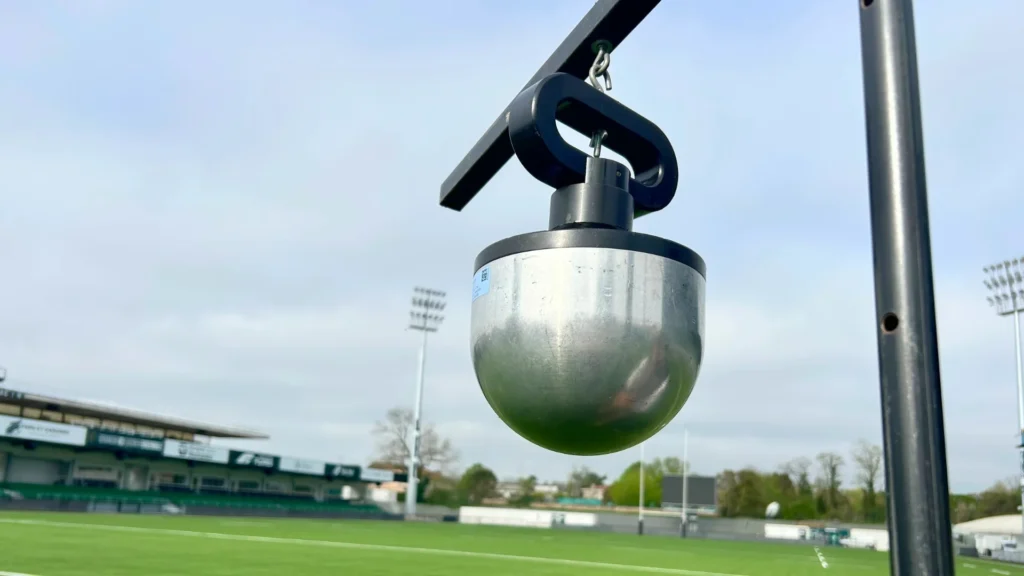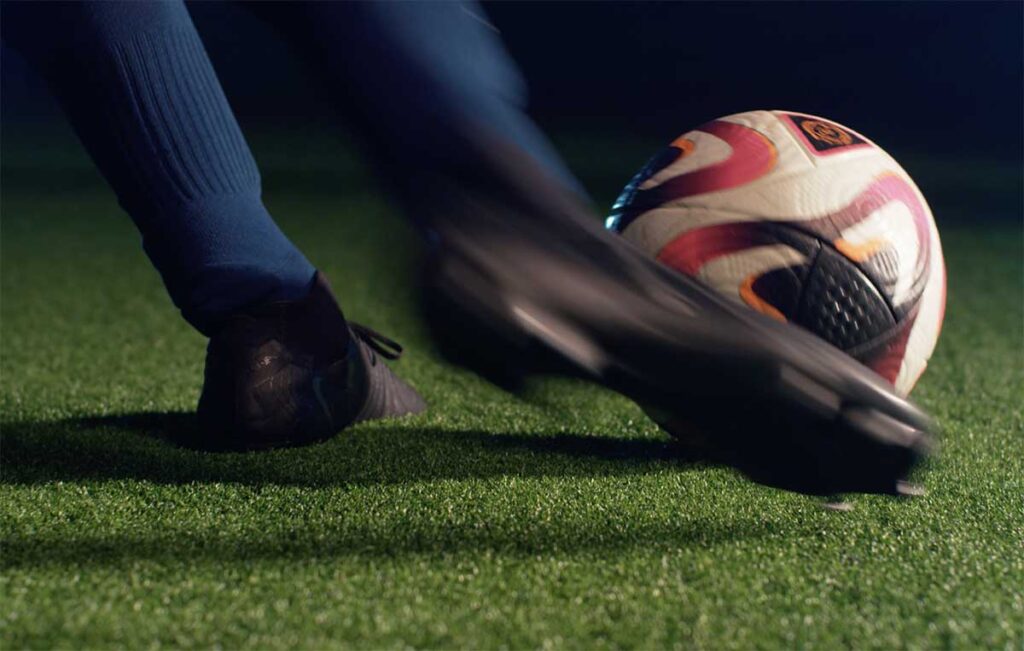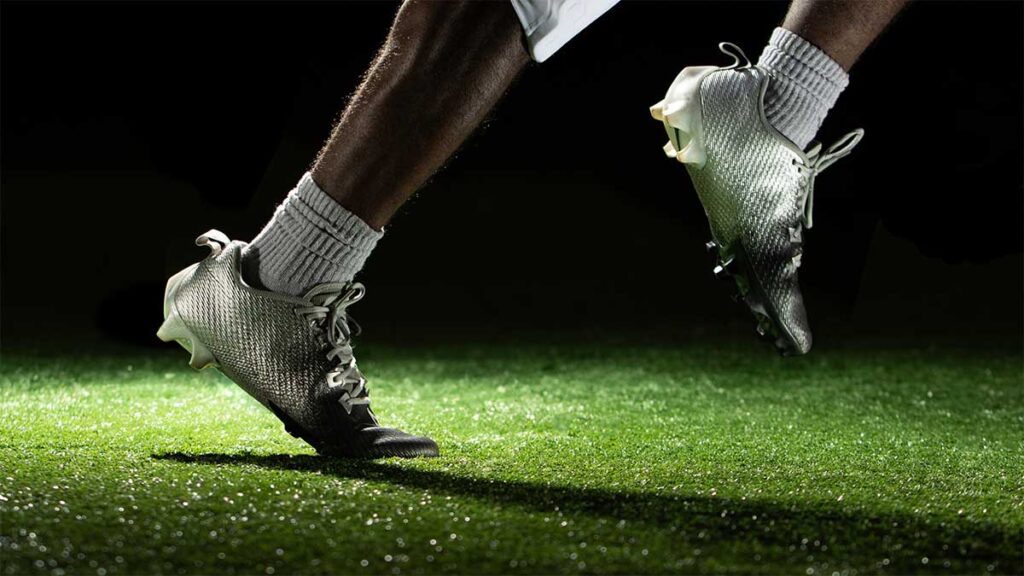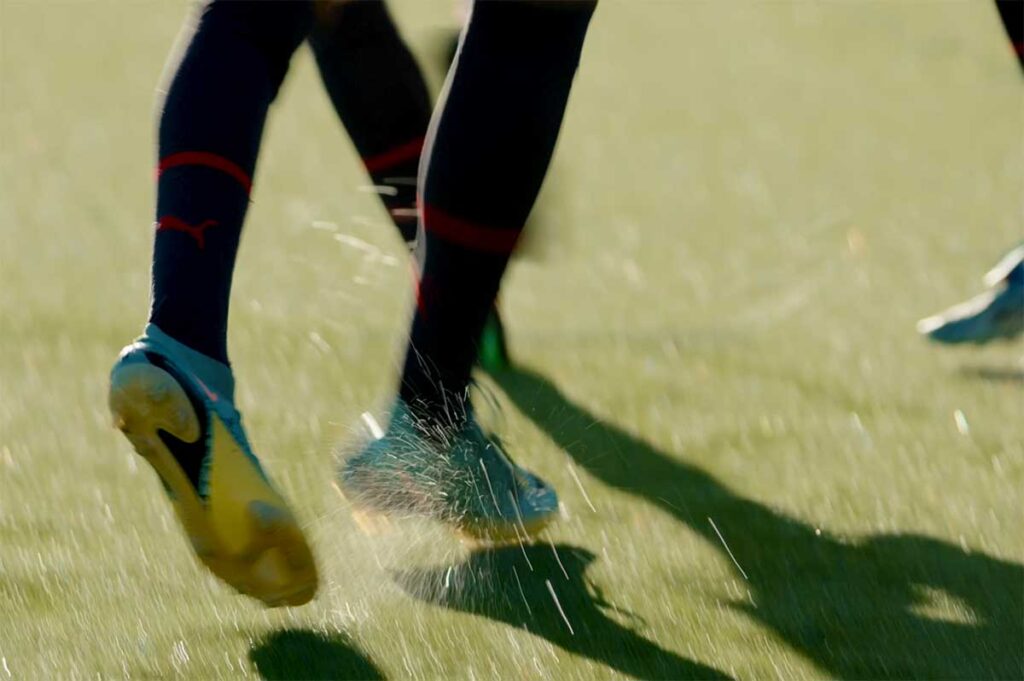Fields provide one of the most valuable and accessible opportunities for people to play, move, and connect. But too often, they are closed when people need them most.
Whether it is due to poor conditions, lack of maintenance, or limited water availability, natural fields are frequently taken out of service. When a field closes, the lost time cannot be recovered. Missed games, cancelled practices, and unused play hours mean fewer opportunities for physical activity, development, and joy. Everyone loses.
That is why more communities and cities are recognising the value of turf. Turf fields provide a consistent, reliable surface that stays open all year round. They are not dependent on rainfall or irrigation, and they do not degrade with overuse. When designed and installed properly, turf offers a safe, high-quality experience that is ready every day, from morning to evening.
This is not an argument against natural grass. Grass can offer excellent playing conditions and aesthetic value, especially in lower-use or showcase locations such as elite stadia. But relying solely on grass, without the backup of reliable turf facilities, limits participation and creates unnecessary barriers to play. Turf and Grass together supporting each other, turf giving the grass the time to recover and allowing more play more often.
A balanced approach is needed. Turf helps ensure that access, safety, and surface quality are not left to chance. It protects the hours of activity people count on, and helps cities deliver the infrastructure needed to support active, healthy lives.
When the field stays open, everyone wins.
hashtagActiveCommunities
hashtagOpenFields
hashtagAccessToPlay
hashtagSportForAll
hashtagHealthyCities
hashtagYearRoundPlay
hashtagPlayWithoutLimits
hashtagReliableSurfaces




